Biography
Hedda Sterne was born on Aug. 4, 1910, in Bucharest, Romania. After graduating from secondary school she took art classes at the Kunsthistorisches Museum in Vienna and studied art history and philosophy for a year at the University of Bucharest before dropping out to become a full-time artist.
In 1932 she married Fritz Stern, from whom she soon separated, retaining his last name but adding an “e.” Encouraged by the Romanian surrealist Victor Brauner, a family friend, she exhibited several Surrealist collages in a group show organized by Hans Arp in Paris in 1938. There she met Peggy Guggenheim, who included one of her works at a show at her London gallery the following year.
In 1941, Ms. Sterne narrowly escaped a roundup and massacre of Jews at her apartment building and fled Bucharest for New York, where she immediately fell in with the artistic avant-garde. Her work was included in “First Papers of Surrealism,” the pioneering exhibition of Surrealist art organized by André Breton and Marcel Duchamp in 1942, although she later confessed that she had absolutely no interest in the radical politics espoused by most members of the movement. She exhibited at Guggenheim’s gallery, Art of This Century, and was soon given a solo show by Betty Parsons at the Wakefield Gallery in 1943. Through Parsons she became friends with many of the Abstract Expressionists and met the artist and cartoonist Saul Steinberg, a fellow Romanian, whom she married in 1944.While visiting Vermont with Mr. Steinberg, from whom she separated in 1960 and who died in 1999, she became fascinated by farm machinery and began producing mechanical images with human overtones that she called “anthropographs.” These were followed by canvases, some of them spray-painted, inspired by the roads, bridges and skyscrapers of Manhattan. She later arranged horizontal bands of subdued color on vertical canvases she called “vertical-horizontals,” which, in characteristic fashion, she denied were abstract. For a time, in the 1960s, she made ink drawings of organic forms and splayed heads of lettuce. She sometimes referred to herself as a diarist, a role that became explicit when, in the mid-1970s, she began putting diary entries directly onto canvases sectioned into checkerboard-like grids.Hedda Sterne, an artist whose association with the Abstract Expressionists became fixed forever when she appeared prominently in a now-famous 1951 Life magazine photograph of the movement’s leading lights. Ms. Sterne, who was the last surviving artist from the Life photograph, shared few of the stylistic or philosophical concerns of the Abstract Expressionists, nor did she cast herself in the heroic mold favored by many artists in the movement. She did, however, join with 17 prominent Abstract Expressionists and other avant-gardists in signing a notorious open letter to the director of the Metropolitan Museum of Art in 1950 accusing it of hostility to “advanced art.” The letter, with signatures from the likes of Barnett Newman, Mark Rothko, Jackson Pollock and Willem de Kooning, caused a stir. The artists were dubbed the Irascible 18 by Emily Genauer, the chief art critic of The New York Herald Tribune, and 15 of them were gathered by Life magazine for a group portrait by the photographer Nina Leen. Ms. Sterne, who arrived late, was positioned on a table in the back row, where, she later said, she stood out “like a feather on top.” Although the photograph achieved mythic status, and some of its subjects scaled the heights of fame, Ms. Sterne retreated to the margins of art history. She spent the next half-century working steadily at her art and exhibiting frequently, but she never developed a marketable artistic signature. Her frequent stylistic changes, reflecting an exploratory bent, made her an elusive figure. “Hedda was always searching, never satisfied,” Betty Parsons, her longtime dealer, once said. “She had many ways; most artists just have one way to go.” She was given retrospective exhibitions at the Montclair Art Museum in New Jersey in 1977 and at the Krannert Art Museum at the University of Illinois in Champaign-Urbana in 2006.

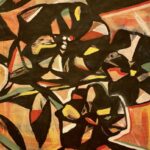 Untitled
Untitled
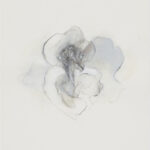 Orchids
Orchids
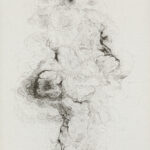 Baldanders 1
Baldanders 1
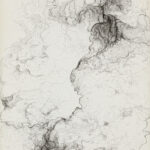 Baldanders 2
Baldanders 2
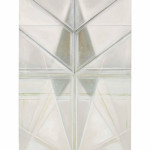 Untitled (sold)
Untitled (sold)